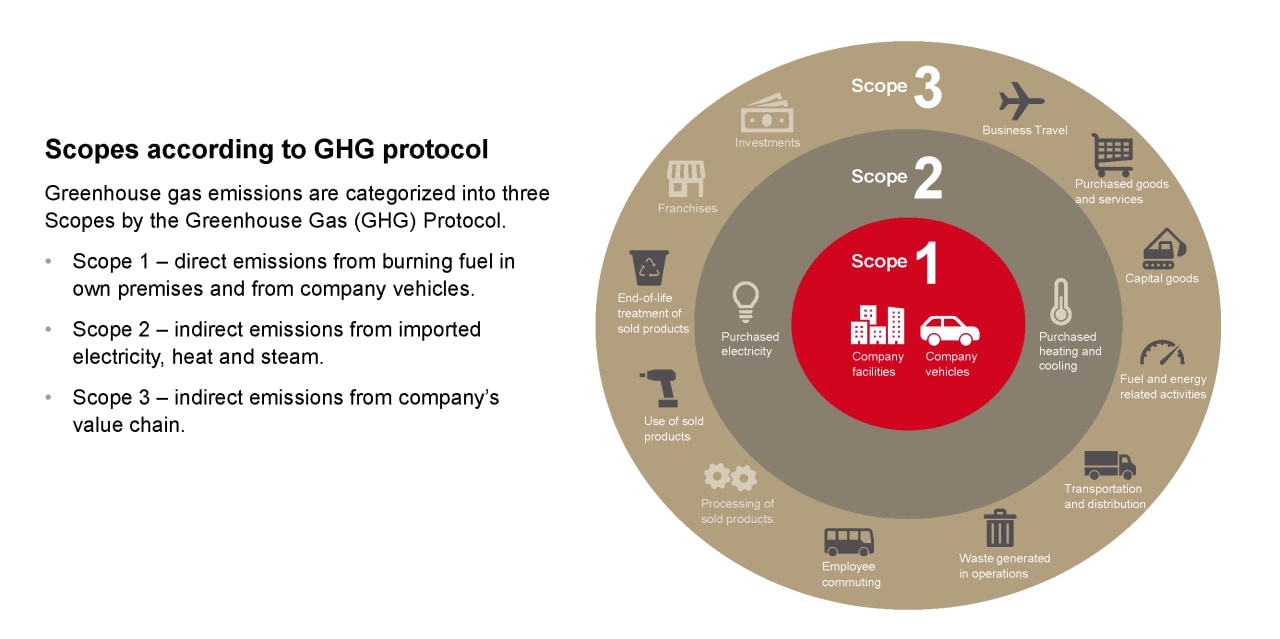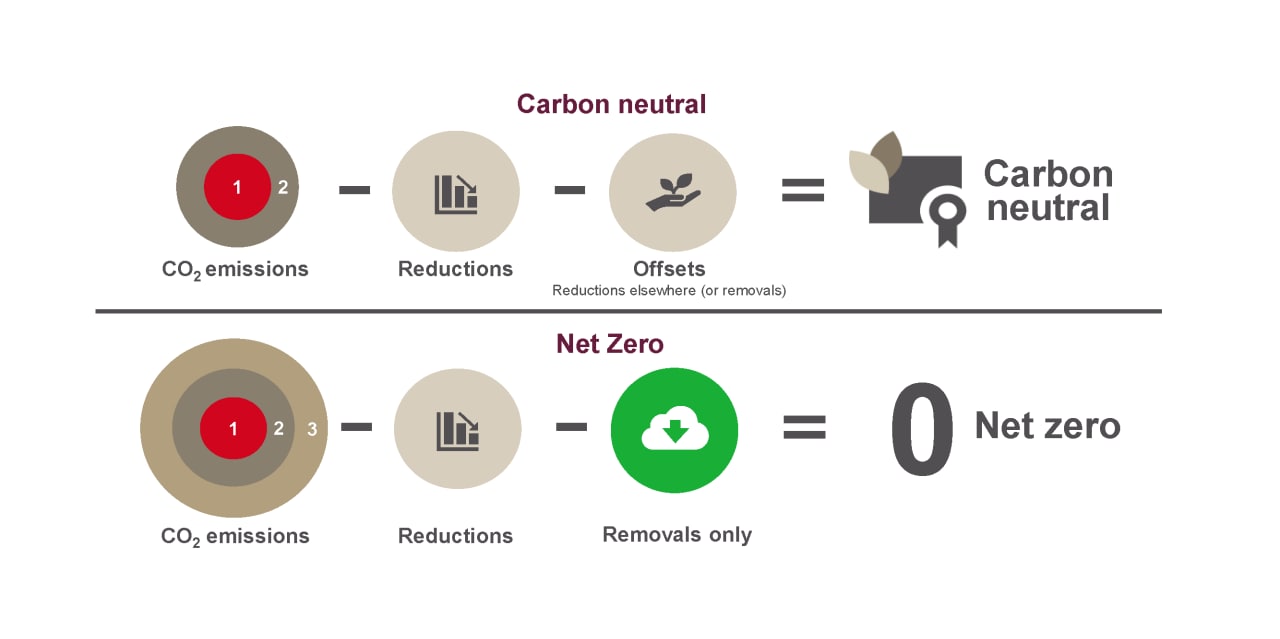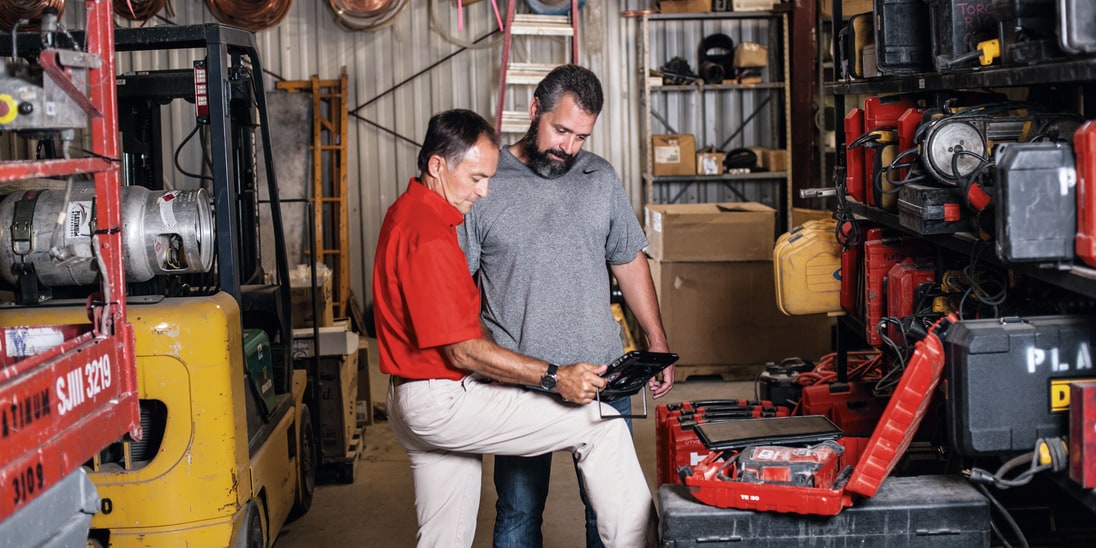- Home
- Company
- Newsroom
- Hilti Stories
- Net zero and CO2-neutrality at Hilti

Net zero and CO2-neutrality at Hilti
What is the difference between the two big carbon emissions targets?
Written by Olga Zharkova | February 24, 2023
It is no secret that climate change is one of the most burning sustainability topics facing the world today. When we at Hilti elevated our global sustainability strategy to a new level some years ago, we defined carbon neutrality as one of our key goals. Beyond our ambition to become CO2-neutral by 2023, we have recently committed to the Science Based Targets initiative (SBTi) in line with the goals of the Paris Agreement and as a part of our long-term ambition to achieve net zero.
But what is the difference between net-zero carbon emissions and CO2-neutrality? It can be complicated to understand. Therefore, we have put together this series of articles to explain the difference between the two and the reasons, inspiring us to increase our climate ambitions. This wouldn’t be complete without defining the distinction between Scope 1, 2, 3 emissions.

Scope 1, 2 and 3 carbon emissions
In order to clarify it, we must first cover the basics and define the so-called Scope 1, 2 and 3 carbon emissions.
Scope 1 and 2 are those carbon emissions that are within our own sphere of influence; whether directly (scope 1) or indirectly (scope 2) generated by any of our organizations’ activities. For Hilti, these are predominantly related to the production processes at our plants, the operation of administrative buildings, operations at our repair centers and all purchased energy, consisting of gas, heating or electricity.
Scope 3 usually encompasses the largest portion of a company’s total carbon emissions. For Hilti, Scope 3 emissions form approximately 95%. These carbon emissions are generated by our upstream and downstream activities outside of our own operations. The largest amount comes from materials we purchase for production of our tools, solutions and packaging.

What is the main difference between net zero and CO2–neutrality?
Both goals are related to reducing carbon emissions, while the key difference is the scale of these initiatives and the changes envisioned for businesses and individuals.
CO2–neutrality only covers a company’s Scope 1 and 2 emissions and does not take Scope 3 into account. Offsetting (which is the act of saving CO2 in another location, outside of the company) is allowed in order to reach CO2–neutrality. At Hilti, we have extended the carbon-neutrality task by also covering emissions from our business travel (which is technically part of Scope 3 emissions).
Carbon net–zero, or net-zero carbon emissions require real carbon reduction in a company’s total emissions, which covers Scopes 1, 2, and 3. What this means is that, instead of offsetting our carbon emissions, the CO2 must be removed by actively taking carbon out of the atmosphere, either biologically (such as through forestation) or physically (such as through carbon capture and sequestration).
We will become CO2 neutral by 2023, and as a short-term goal, we plan to reduce CO2 emissions in the next ten years, according to our SBTi commitment. Additionally, as a long-term target, along with our partners, we aspire to make our own contribution to the fight against climate change and have committed to a net zero ambition by 2050.


